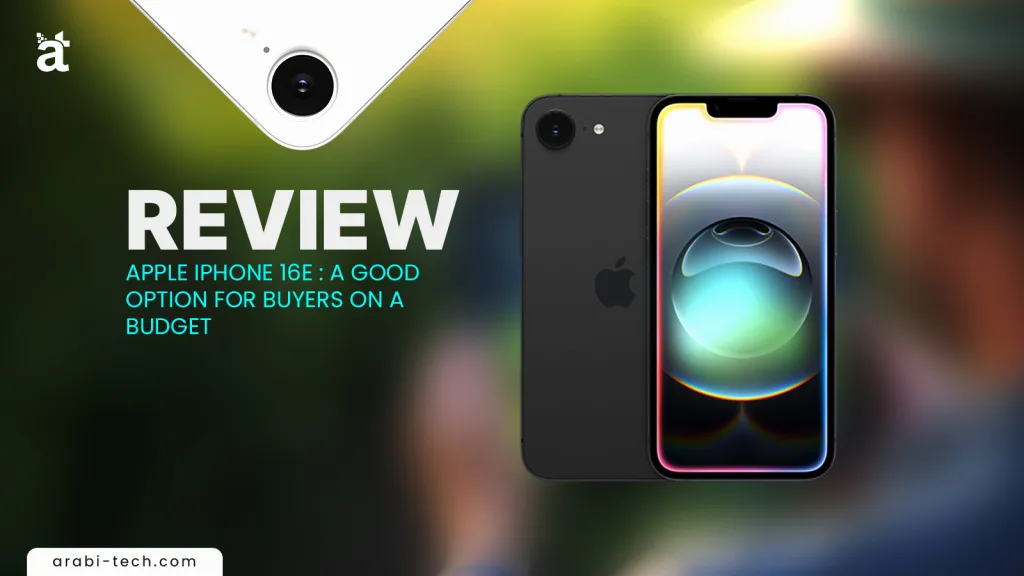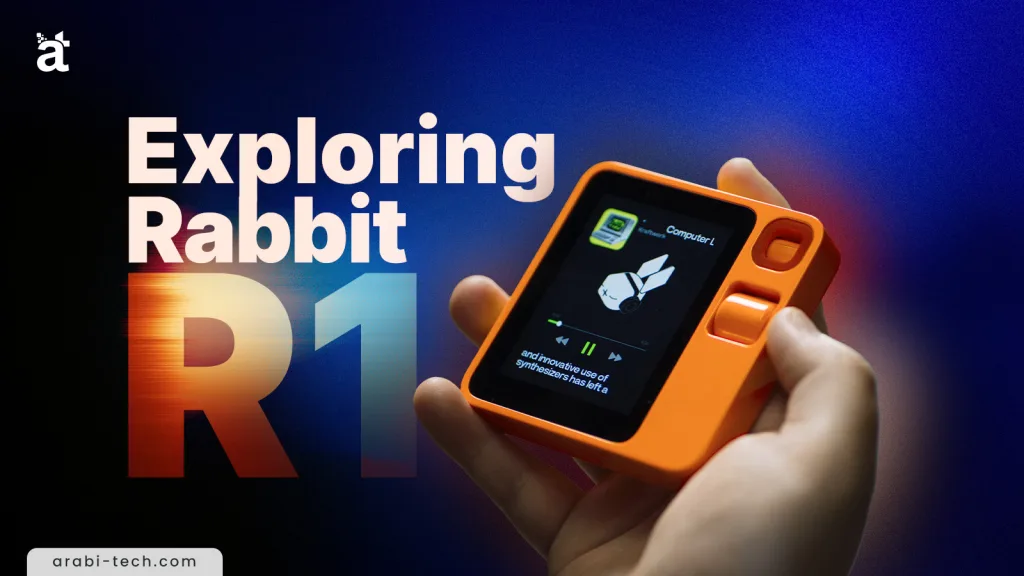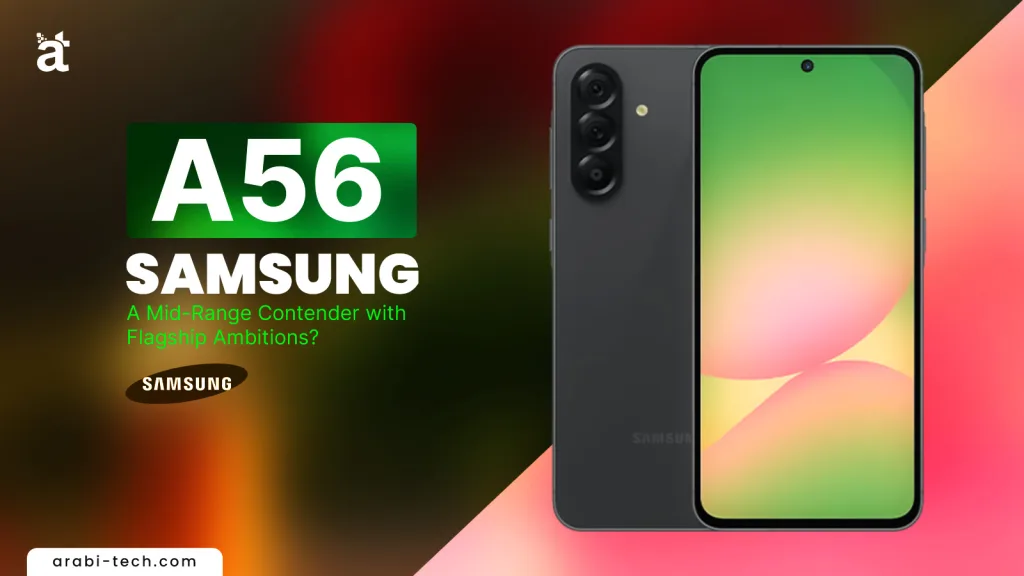
Samsung Galaxy A56 – A Mid-Range Contender with Flagship Ambitions? – Has Samsung unleashed a flagship killer into the mid-range segment? This device boasts a premium metal and glass design, featuring a stunning display with impressive brightness and colors. The performance and user experience, powered by One UI 7, are presented as potentially unparalleled within its category.
The main and selfie cameras aim to deliver natural yet saturated photos, complemented by a large battery and faster charging capabilities. This combination positions the device as a potentially new and complete king of the mid-range market. Introducing the Samsung Galaxy A56.
Samsung’s A-series stands as its best-selling and most successful line in the mid-range sector. This year’s lineup includes the A26, A36, and the A56. The A56, being the highest-spec and most expensive of the three, is the focus here.
Samsung seemingly allowed competitors to release their devices with updated processors and new designs before launching the A56, potentially aiming to dominate the market segment. Nearly every aspect of this phone evokes a flagship feel, leading to surprising similarities when compared to higher-end models like the S25 Ultra. The design resemblance is immediately noticeable.
Audio article :
Table of contents
Part 1: Design Samsung Galaxy A56
The Galaxy A56 exudes a sense of luxury, durability, and elegance. Samsung has adopted the flat design language seen in its latest S-series flagships: a flat back, a flat screen, and a distinctly flat, sharp-edged frame (though slightly less sharp than the S25 Ultra).
The device is available in several colors, with the reviewed unit being a pinkish hue. The official “hero” color is reported as Gray. Notably, the metal frame’s color often complements or absorbs tones from the back panel.
Material quality is top-notch (rated 10/10). The back employs Gorilla Glass, the front uses Gorilla Glass Victus, and the frame is constructed entirely from brushed metal. This metal frame not only feels pleasant to hold but also enhances durability, potentially offering better protection against impacts compared to plastic frames, reducing the risk of damage transferring to internal components or cracking the screen.
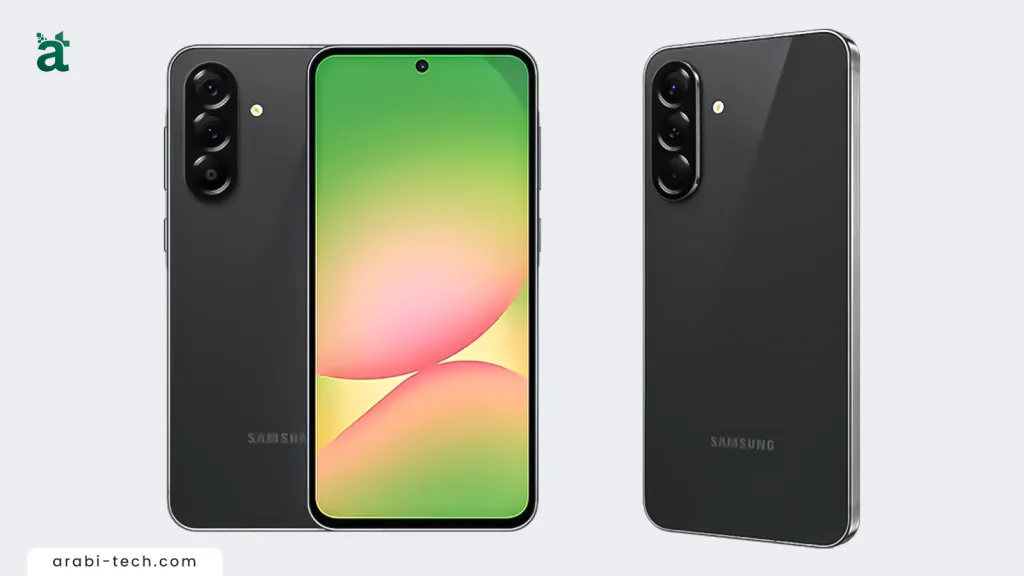
Samsung has refreshed the camera unit’s appearance this year. The cameras are housed within a prominent, raised metal window, with the individual lenses recessed inside this module. This design recalls the camera unit of the S21 series, particularly the way the rings are set within the housing. However, unlike the S21, the A56’s camera protrusion is not seamlessly integrated or fused with the side frame.
Despite this, the design is appealing and provides clear visual differentiation from the current S-series. From a distance, the camera window bears some resemblance to that of the Z Fold 6, although the Fold features distinct rings around each lens within its module. The attention to detail is evident in the camera window’s frame matching the color and brushed texture of the main phone frame.
From a practical standpoint, the A56 lacks a 3.5mm headphone jack. However, it offers flexibility with connectivity, supporting both dual physical SIM cards and an eSIM simultaneously.
Continuing Samsung’s standard for this range, the phone boasts an IP67 rating for water and dust resistance. While some competitors in this price bracket now offer higher IP68 or even IP69 ratings, IP67 remains adequate protection against accidental splashes or brief immersion, which is the primary purpose of this feature. It’s important to remember that water damage, even on IP-rated phones, is typically not covered under warranty by most manufacturers, including Samsung; the rating signifies resistance to accidents, not intentional submersion.
Part 2: The Screen Samsung Galaxy A56
Discussing Samsung displays often feels like stating the obvious – they are widely regarded as producing some of the best panels available. The A56 continues this tradition. You’ll hear the familiar specifications: Super AMOLED technology and a 120Hz refresh rate. Color saturation remains excellent, a long-standing strength.
However, the competitive landscape in the mid-range has evolved. Some competing devices now feature panels that, at least on paper, offer specifications exceeding the A56. For instance, you can find phones with higher resolutions, resulting in greater pixel density (PPI) for their screen size. The A56 features a 6.7-inch display with approximately 385 PPI. Competitors might offer “1.5K” resolution panels achieving over 450 PPI.
Additionally, some rivals support 10-bit color depth, which enhances the viewing experience for HDR content. The A56 utilizes an 8-bit panel. Furthermore, competing phones might boast slightly higher screen-to-body ratios, meaning thinner bezels. On the A56, the screen’s rounded corners don’t perfectly align with the frame’s corner curvature, and the bottom bezel is marginally thicker than the side bezels. The under-display fingerprint sensor’s placement and speed are functional but perhaps not the absolute best available.
Despite these on-paper comparisons, the A56’s screen delivers an exceptional real-world experience. Utilizing the “Vividness” slider (a newer feature within display settings) allows users to boost saturation significantly, making content appear incredibly vibrant and almost “pop” off the screen. The display is remarkably vivid, clear, and exceptionally bright under all lighting conditions. In fact, it was observed to be the brightest screen tested in this category under direct sunlight, surpassing even competitors claiming higher nit values (Samsung rates the A56 at 1900 nits peak brightness).
Complementing the visual experience are the stereo speakers. While stereo speakers are common in this segment, the A56’s implementation stands out. The sound quality offers a noticeable surround effect, feeling immersive and wrapping around the listener with impressive clarity.
Overall, the content consumption experience (watching videos, viewing photos) on the A56 is rated 10/10 and feels very close to that of flagship devices like the standard S25 (non-Ultra) or iPhone 16/16e models. It doesn’t quite reach the level of the S25 Ultra with its advanced anti-reflective coating, but in terms of color vibrancy and saturation, the A56 performs at a flagship level.
Part 3: Performance and User Experience Samsung Galaxy A56
The flagship-level experience extends beyond the display to performance and general usability. The A56 is powered by the Exynos 1580 processor, an upgrade from the Exynos 1480 found in the A55. It comes paired with either 128GB or 256GB of internal storage and options for 8GB or 12GB of RAM (the 12GB option being a new addition to this tier).
Even the base model (8GB RAM / 128GB storage) demonstrates a significant performance leap compared to previous A-series generations. This improvement is largely attributed to the optimization of the new One UI 7 software, which comes pre-installed on the A56 and its siblings (A36, A26). Crucially, the software experience appears complete, with no features seemingly removed or artificially limited compared to higher-end Samsung phones.

In standalone daily use, distinguishing the A56’s performance from a flagship device might be challenging for many users. While benchmarks place the Exynos 1580 near competitors like the Dimensity 8350, the real-world smoothness and speed feel substantially better than benchmark numbers might suggest. This is arguably the smoothest and fastest Samsung A-series phone experienced to date, highlighting effective software optimization.
While gaming performance (often GPU-dependent and relying on developer support for the specific chip) wasn’t the primary focus of this evaluation, a more demanding test of overall system optimization involves heavy multitasking. Pushing the phone with maximum brightness (auto-brightness off) while simultaneously writing notes (in Google Keep), researching in a web browser, watching YouTube videos, and viewing PDFs/slideshows for an extended period (around two hours) revealed impressive stability. The device handled this stress test without noticeable lag, stuttering, or prematurely closing background applications.
The 8GB of RAM, combined with effective RAM management, successfully kept multiple apps loaded in memory. Typing felt responsive, aided by excellent haptic feedback – although users might need to increase the haptic intensity in the settings for the best effect. A minor concern was that the phone did feel warm to the touch after this intensive multitasking session.
Another stress test involved repeatedly opening and closing the camera app, viewing photos in the gallery, and switching back to the camera, as well as rapidly opening and closing Instagram stories. These actions heavily utilize the GPU for animations and preview loading. The A56 handled these tasks without the lag or stuttering observed in previous A-series models. This reinforces the observation that One UI 7 is currently one of the most stable and optimized Android interfaces available.
Samsung promises six years of software updates for this device. However, it’s worth noting that the rollout of One UI 7 to even the previous year’s flagship models experienced delays, raising questions about the timeliness of future updates across the promised support window.
The A56 inherits some AI features typically found on flagships. When viewing a photo in the gallery and swiping up, the system suggests AI-powered edits like “Remaster,” “Background Blur,” or “Choose Best Face” (if the image is a Motion Photo/Live Photo). The popular “Object Eraser” feature is also present, allowing users to circle and remove unwanted elements from photos using AI. Additionally, “AI Select” enables copying text or elements directly from screenshots.
While the heavily marketed “Galaxy AI” features are present, the potentially more impactful AI integration is through Google’s Gemini model (leveraging Google Workspace). Pressing and holding the power button summons the assistant (likely Gemini, despite the video mentioning the older Bixby), allowing for contextual conversations about on-screen content.
Part 4: Battery and Charging Samsung Galaxy A56
The A56 features a 5000mAh battery, a standard capacity for this segment. A significant upgrade is the support for 45W fast charging, a first for the A5x series. This utilizes Samsung’s “Super Fast Charging 2.0” protocol.
However, there’s a catch: the cable included in the box only supports up to 25W charging. To achieve the full 45W speed, users must purchase a separate 45W-compatible cable and charger (if they don’t already own one). Using the included cable results in charging speeds equivalent to the older 25W standard.
Theoretically, 45W charging should provide approximately 60-70% charge in the first 30 minutes, a noticeable improvement over the roughly 50% achieved with 25W. However, actual charging speed can be affected by device temperature. During testing after the intensive multitasking session where the phone became warm, charging for 30 minutes resulted in only a 53-54% charge increase.
Despite potential thermal throttling during charging under load, the 5000mAh battery, combined with the efficient 4nm processor, delivers excellent real-world battery life. The phone easily lasts a full day of typical use. Under heavy usage scenarios, it provided around 5-6 hours of screen-on time (SOT). With more moderate usage, 7-8 hours of SOT is achievable. This battery performance is considered very good for its class.
Part 5: Cameras Samsung Galaxy A56
The camera setup follows the typical A-series pattern: a primary (main) camera, an ultrawide camera, and a macro camera. The main camera is the most important and impressive component here. The secondary ultrawide and macro lenses offer versatility but generally produce mediocre results and are less frequently used by most people.
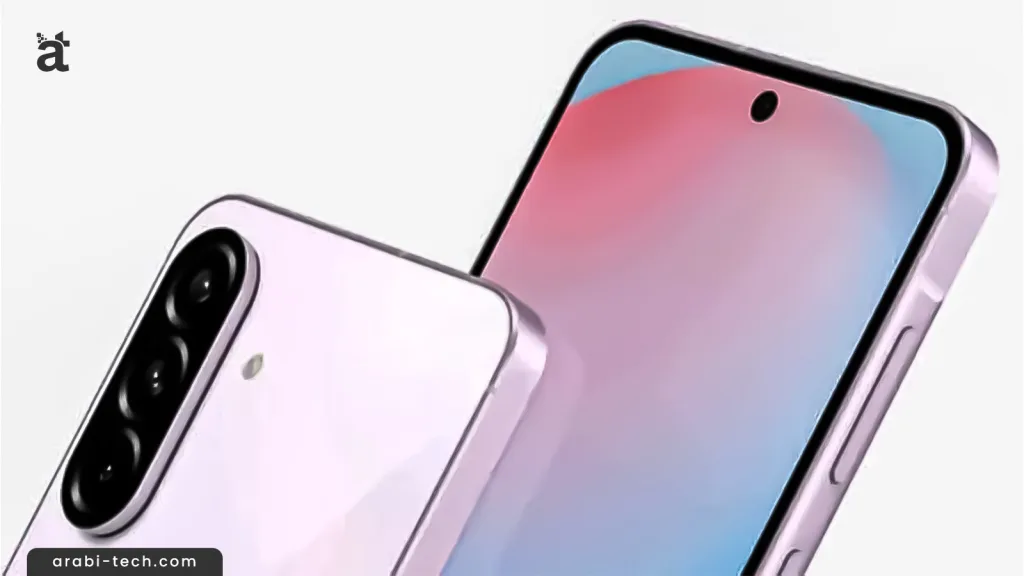
The focus, therefore, is on the main 50-megapixel camera (which outputs 12MP photos by default). The image processing applied to this sensor is exceptional. Photos exhibit outstanding dynamic range, vibrant yet natural colors, and impressive clarity, bringing the results remarkably close to Samsung’s flagship S25 series.
The processing excels at rendering natural and appealing colors, especially noticeable in skin tones, which appear lively with good detail without needing filters or LUTs (Look-Up Tables). This contrasts with some recent trends where competitors heavily rely on pre-set filmic or cinematic filters. For users who prefer a true-to-life, natural look straight from the camera, the A56 (alongside Google and Apple devices) delivers exceptionally well. It maintains this natural look even in challenging mixed lighting conditions, where many mid-range phones struggle.
The main camera also performs competently in low light, thanks to the “Nightography” features (Night Mode). While the mode is effective and produces usable results, the processing can sometimes appear slightly artificial or “fake.”
A hidden strength of the main lens is its excellent minimum focus distance. Users can get very close to subjects for detailed shots, often negating the need for the dedicated macro lens, while still achieving natural background blur (bokeh).
The second-best camera on the A56 isn’t one of the rear auxiliary lenses, but rather the front-facing selfie camera. It benefits from the same impressive processing style as the main camera, delivering great dynamic range, pleasing saturation, and good clarity.
The most significant drawback of the A56’s camera system is the complete absence of a dedicated telephoto lens for optical zoom. While digital zoom options (2x, 4x, 10x) are available, the quality degrades rapidly, rendering these zooms largely unusable for anything beyond casual viewing. While flagship-level zoom isn’t expected at this price point, the lack of even a basic optical telephoto lens for improved portrait shots is a notable omission. The phone offers a 2x portrait mode using digital crop from the main sensor; while edge detection is decent, image detail suffers significantly.
Video recording is another major strength. The A56 captures 4K video from both the front and rear main cameras. Video quality is outstanding for this class, showcasing the same excellent colors, dynamic range, and clarity seen in still photos. Stabilization is particularly impressive, combining the main camera’s Optical Image Stabilization (OIS) with Electronic Image Stabilization (EIS) to produce remarkably smooth footage, even when walking or moving, as demonstrated in test footage shot from a moving car. For users prioritizing video quality in the mid-range segment, the A56 emerges as a top contender, possibly the best available.
Conclusion: A New Mid-Range Benchmark
Samsung Galaxy A56 – Historically, recommending Samsung’s mid-range phones often relied on factors like brand recognition, wide availability, reliable warranty support, a strong accessory ecosystem, and seamless integration within the Samsung device family. Now, a compelling new reason joins the list: exceptional value.
The Samsung Galaxy A56, particularly with its starting price point (mentioned as 22,000 EGP in the source video for the base model), offers a package that feels like a flagship killer. Its combination of a premium design with high-quality materials, a stunning and bright display, incredibly smooth and stable performance powered by One UI 7, excellent battery life with faster 45W charging support, and class-leading main and selfie cameras (especially for natural image processing and video quality) makes it a formidable competitor.
The primary potential drawback shaking this otherwise outstanding deal is the lack of included accessories (specifically a 45W charger and compatible cable) and the possibility of inflated pricing in some markets due to initial demand or seller practices. Given that the device is locally manufactured/assembled in some regions (like Egypt, as mentioned in the source), it should ideally be available at its intended price point without significant markups. Buyers are advised to be patient and avoid paying excessive “over-price” premiums if possible.
While competitors might offer higher IP ratings (IP68/69), slightly larger batteries, or even faster charging speeds on paper, the A56 provides a well-rounded and highly polished experience. Its IP67 rating is sufficient, battery life is excellent, and the upgraded 45W charging is a welcome improvement (provided the right accessories are used). The key weaknesses remain the lack of a telephoto lens and the mediocre quality of the ultrawide and macro cameras.
Ultimately, the Samsung Galaxy A56 redefines expectations for a Samsung mid-range phone, delivering an experience that genuinely rivals flagships in many crucial areas, particularly display quality, software smoothness, and main/selfie camera performance, all at a highly competitive price point, solidifying its position as a top recommendation for value in 2024/2025.
Best Article of the Month:
- Smart Travel: How Digital Tools Are Changing The Way Vacations Are Taken
- The 10 Best Cool Gadgets To Give Your Friends And Family
- The Best Time Of Year To Buy Laptops, Phones And More
- Top 5 IoT Sensors That Every Farmer Needs For Smart Farming
- Review the CMF Phone 2 Pro
- Samsung S25 Ultra: A Reassessment After Three Months
